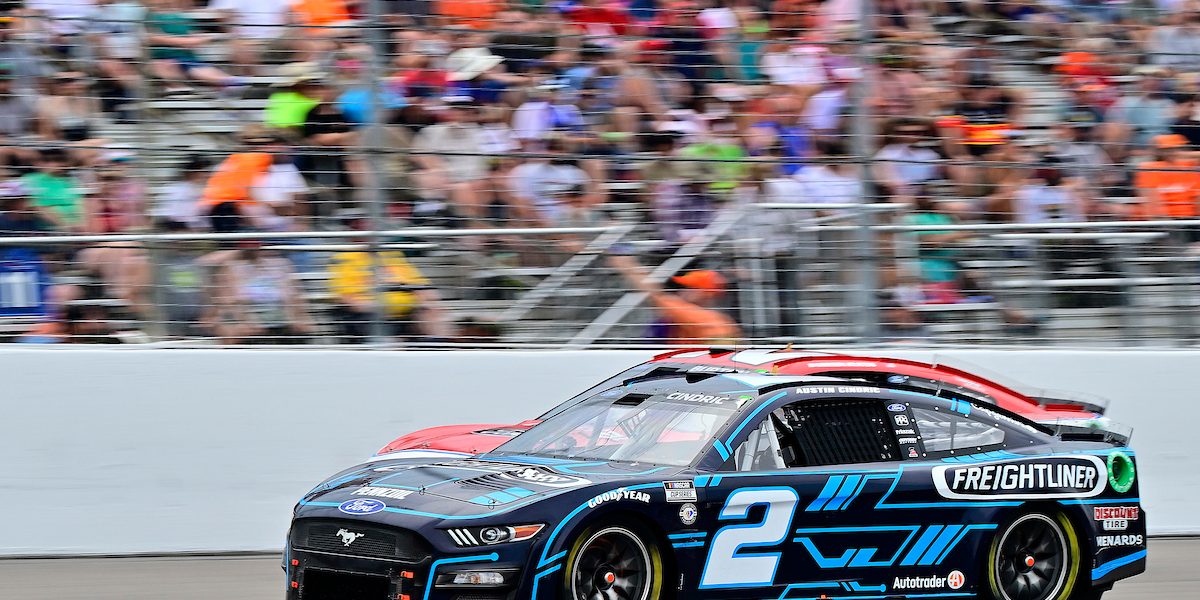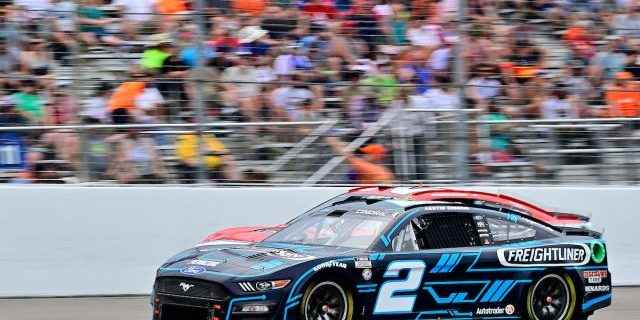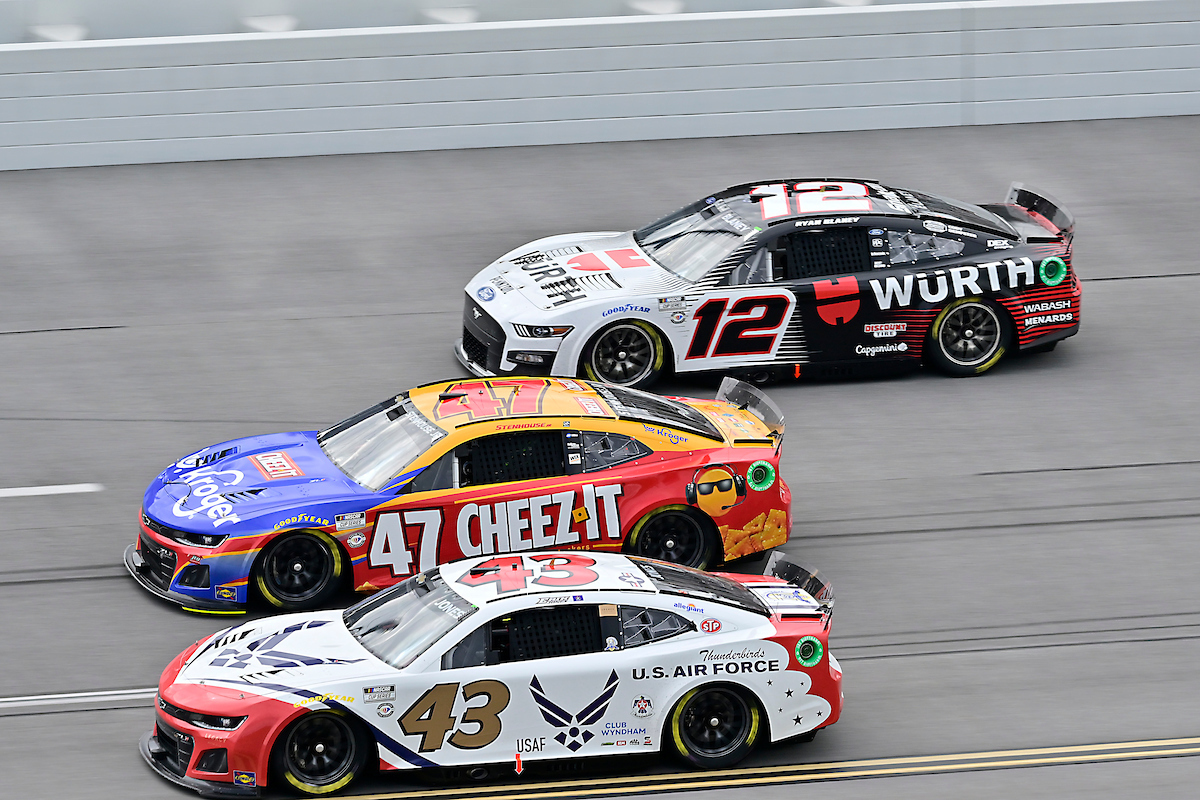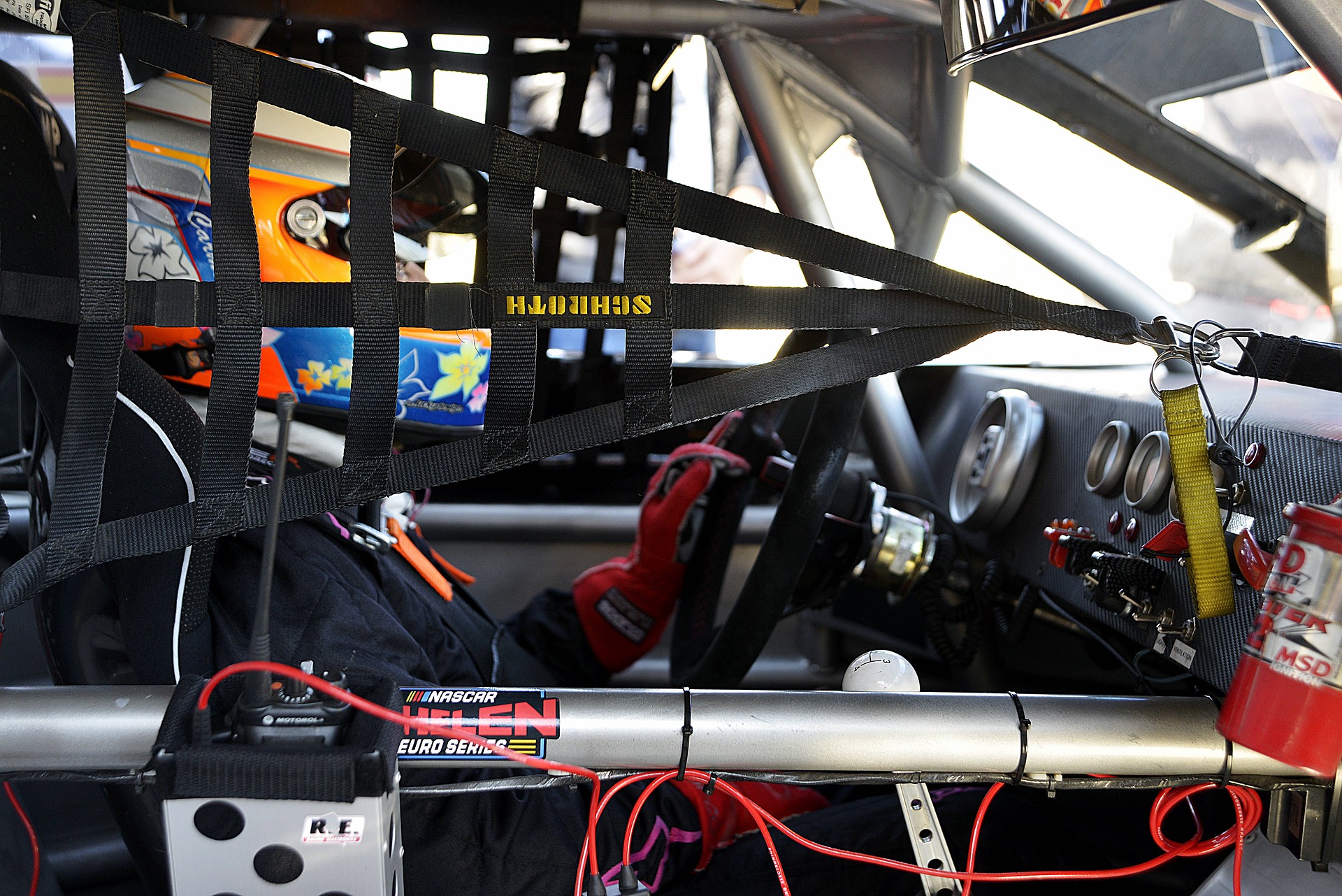How hot is a NASCAR cockpit?


You’ve watched the races, heard the engines roar, and seen the sweat on drivers’ brows, but have you ever wondered just how hot it gets inside a NASCAR cockpit?
The temperature in a NASCAR cockpit can reach up to 130 degrees Fahrenheit.
In this article, we’ll dig into the various factors that contribute to the extreme temperatures inside a NASCAR cockpit. We’ll also discuss how drivers manage the heat and what safety precautions are taken to prevent heat-related issues.
Table of Contents
A Detailed Explanation of the Heat in a NASCAR Cockpit
The Engine’s Role
One of the primary sources of heat inside a NASCAR cockpit is the engine, which can generate temperatures exceeding 200 degrees Fahrenheit. As cars speed around the track, the engine works at an extraordinary rate, leading to high heat levels. This heat doesn’t just stay under the hood; it disperses into the cockpit, affecting the driver’s comfort and performance.
The Suit and Gear
Another contributor to the rising temperatures in the cockpit is the driver’s suit and gear. Made for safety and flame resistance, these suits are not designed for breathability or cooling. Helmets, gloves, and boots add another layer of insulation, making it even more challenging for drivers to keep cool.
Aerodynamics and Limited Airflow
NASCAR cars are designed for aerodynamic efficiency, not ventilation. The sleek design minimizes drag but also restricts airflow into the cockpit. As a result, there’s limited circulation of fresh air, making the internal conditions even more stifling for the driver.
Dehydration and Fatigue
Extreme heat can lead to dehydration and fatigue, which are dangerous for anyone but especially for a driver navigating at high speeds. Drivers consume specially formulated drinks and may use cooling vests to combat these potential health risks.
Here’s everything else you need to know about managing the heat and ensuring safety while racing.
How Do Drivers Manage the Heat?
Hydration Techniques
Hydration is crucial when combating extreme heat conditions in a NASCAR cockpit. Drivers consume electrolyte-rich drinks before, during, and after races to help maintain hydration levels. In some cases, they even have in-car drinking systems that allow them to hydrate without taking their hands off the wheel.
Cooling Systems and Devices
To manage the extreme heat, many drivers use specialized cooling systems. One popular option is a cooling vest worn underneath the driver’s suit. These vests circulate cold water to help lower body temperature. Additionally, some helmets have built-in cooling systems that circulate air around the driver’s head.
What Safety Precautions Are in Place?
Pre-race Medical Checks
Before each race, drivers undergo medical checks to ensure they are fit to withstand the conditions in the cockpit. These checks may include hydration tests and other evaluations to gauge a driver’s ability to manage heat stress.
In-race Monitoring
During the race, the team closely monitors the driver’s condition. Some cars are equipped with biometric systems that relay information about the driver’s heart rate and body temperature to the pit crew. If signs of heat stress or dehydration are detected, immediate action is taken, which could include pulling the driver from the race.
Is There Any Risk to Spectators?
Trackside Temperatures
While it’s not nearly as hot for spectators, trackside temperatures can still get uncomfortable. It’s important for fans to take precautions like wearing sunscreen, staying hydrated, and seeking shade whenever possible to ensure a safe and enjoyable experience.
How hot is a NASCAR cockpit? – Final Thoughts
By now, you should have a comprehensive understanding of how hot it gets inside a NASCAR cockpit and the multifaceted approaches to managing this extreme heat. From the powerful engines to the insulating driver suits, multiple factors contribute to the sizzling temperatures. However, rest assured that NASCAR takes this issue seriously, implementing rigorous safety measures and monitoring systems to protect their athletes. With technology and medical oversight on their side, drivers are well-equipped to face the heat. Keep these facts in mind the next time you’re watching a race, and you’ll have even more appreciation for the skill and endurance these drivers exhibit.
How hot is a NASCAR cockpit? – Frequently Asked Questions
Q: Do NASCAR drivers use air conditioning?
A: No, NASCAR cars do not come equipped with traditional air conditioning systems to save weight and optimize performance.
Q: How long does a typical NASCAR race last?
A: A typical NASCAR race can last anywhere from 3 to 4 hours, during which the driver is exposed to extreme heat.
Q: Can fans bring drinks to NASCAR events?
A: Policies may vary by venue, but many allow fans to bring their own non-alcoholic beverages to stay hydrated.
Q: Do drivers take breaks during the race?
A: Generally, no. Drivers usually only exit their cars during pit stops, which are brief and focused on refueling and maintenance.
Q: What is the hottest NASCAR race on record?
A: The 1984 Firecracker 400 at Daytona is often cited as one of the hottest NASCAR races, with temperatures exceeding 100 degrees Fahrenheit outside the cockpit.
Please let me know if you found this article helpful or if you have any more questions on the topic!










